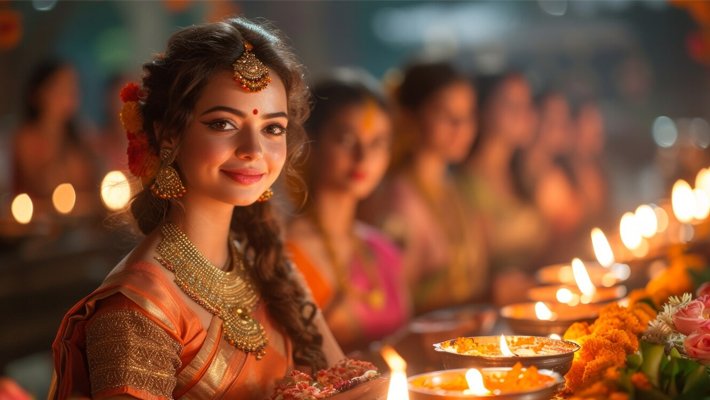
When someone thinks of India, they remember it as a land of culture, traditions, and spiritual beliefs. It is said so because every city in this country has thousands of temples, some historic, some old, some new, but every temple offers the same calmness and peace to one’s soul.
For Indians, temples are not just places they go to pass their time or for pleasure; they are special places where people go to pray, gain perspectives, or connect with their spiritual side. People coming from other countries visit Indian temples to understand the customs and rituals and immerse themselves in knowing more about the country’s spiritual life. Thus, as temples are considered holy places, there is significant etiquette, especially in Indian temple customs, that should be followed by the visitors.
The rules are simple, and they are to maintain the right decorum because visiting a temple is not as same as going to a public tourist spot. It demands certain temple manners in India. In light of this, this article consists of the top 6 smart temple tips for travelers that will help them follow the etiquette set by the temple’s committee.
Follow Dress Code & Attire:

One of the first and most important etiquette to keep in mind while visiting a temple is to remember modest clothing. Irrespective of gender, one has to cover their shoulders and legs and avoid revealing clothes. Men can wear decent long pants and shirts that cover their shoulders and legs fully. And women usually wear long pants and tops, salwar kameez, and sarees.
The clothing has to fit right with the traditional setting of a temple. Some temples have certain dress codes, which are compulsory to follow, check the temple guidelines mentioned in the place or their website. If one is not aware of the dress code beforehand, it is safe to carry a dhupatta or shawl for women, and dhoti for men. In some South Indian temples, it is an essential rule for men to wear dhoti to enter.
Remove Footwear Before Entering:

The most vital temple etiquette in India is to remove footwear before entering the temple. There is a designated place allocated within the temple premise, outside the main entrance door for people to leave their footwear. Going into a temple barefoot is considered a sign of respect, also because the temple is a sacred place where people go to pray.
Maintain Silence and Behave Well:
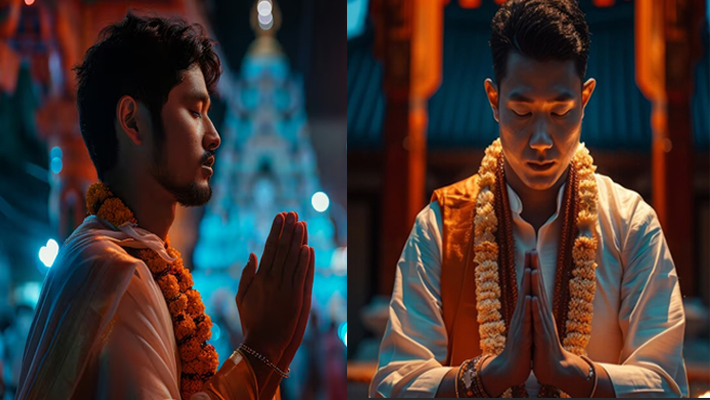
A temple is an area set apart for worship, meditation, and self-reflection. Even though a temple can at times be alive with chants plus the energetics of music, it is important to maintain a quiet and respectful demeanor. Talking, laughing, or attending to phone calls can be disruptive to the peace of the temple. Wishing to show affection, like hugs and hand-holding, should be avoided within the temple as well.
What may appear normal in everyday life is disrespectful in a place of worship. Maintaining silence and being well-behaved is a respectful way to visit a temple in India.
Avoid Photography:
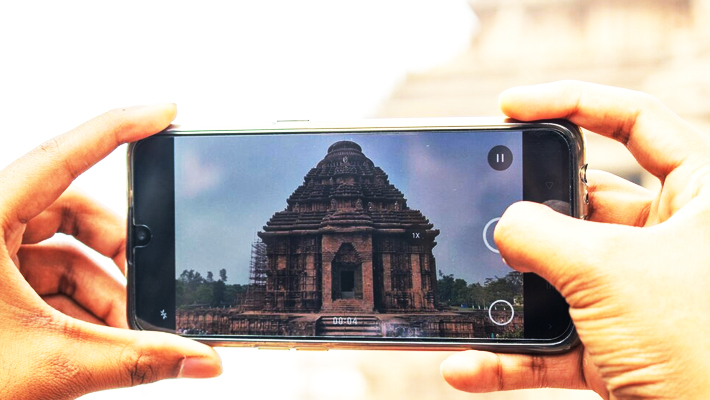
Indian temple architecture with entangled carved pillars, richly painted idols, and rituals make it highly photogenic. However, each temple has its own spoken rules to follow. Some are more relaxed and have no issues with photos being taken in outer areas, while others may have restrictions placed against photographic activity within the sanctuary as well as during ceremonial activities.
Perhaps the most important point arises, check for signboards that clearly state if it is allowed or consult a priest or official for clarification. Almost all temples frown upon the use of camera flashes or tones since they distract religious people. It is best not to take out the camera lens, but rather, priceless moments should be embraced.
Follow Ritual Norms and Respect Local Practices:
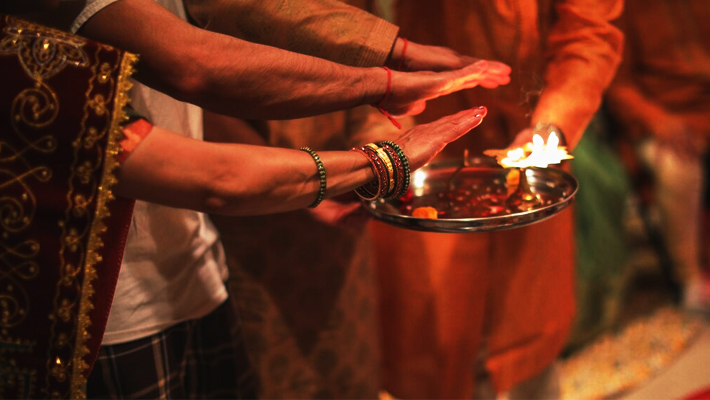
Rituals, customs, and practices at temples differ in India, and they tend to be more regional and religious. Some places may even mandate men and women to use designated gates or join separate lines. If you are offered prasad, which is a sweet offering given, accept it with either your right hand or both hands, but never the left hand. The left hand is considered disrespectful.
The same rule applies regarding donations given to temples; they should not be tossed around playfully. It should be done respectfully either in the donation boxes or to the staff managing the temple.
Rituals such as ringing a bell, washing hands, and lighting up a lamp are preceded by some steps and are done before entering the inner final part of the temple. Look around and simply do what the people present are doing. If unsure, a slight bow or joining hands in a prayer position is always a respectful posture.
Avoid Touching Idols and Be Mindful of Sacred Spaces:
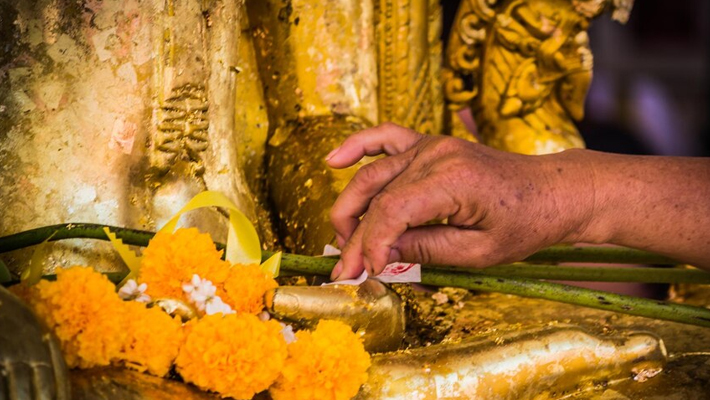
The core part of a temple is its Garbhagriha, the most sacred space and where the main god is placed. Unlike shrines, temples are places of worship that require ceremonies to be performed. In special cases, such as attending certain rituals, getting a closer look at the idol may be allowed, but most temples will ask you to refrain from touching the idol.
Temples have a fully functional setup, equipped with priests that lead ongoing ceremonies. These are not meant to be interrupted. Avoid stepping over offerings placed on the ground, and don’t sit with your feet pointing toward the deity or sacred objects. These small acts of mindfulness reflect your respect for the culture and its spiritual values.
Conclusion
In conclusion, temples serve more than just their religious functions. They are important monuments, sociocultural keystones, and demonstrations of spirituality and devotion. As a traveler, entering these spaces with an open heart and respectful attitude towards the temple’s culture will provide a more enjoyable experience.
Following the etiquette of a temple is not about checking boxes; it is tuning into the vibes of a particular site. Through observation and engagement with sensitivity, you do not simply visit a temple; rather, you actively participate in the heritage that it embodies.
The next time you find yourself attracted to a temple’s magnificent gopuram or tranquil sanctorum, these thoughtful six tips will help you engage on a more advanced level, make a favorable impact, and, perhaps, come back with a piece of calmness.







